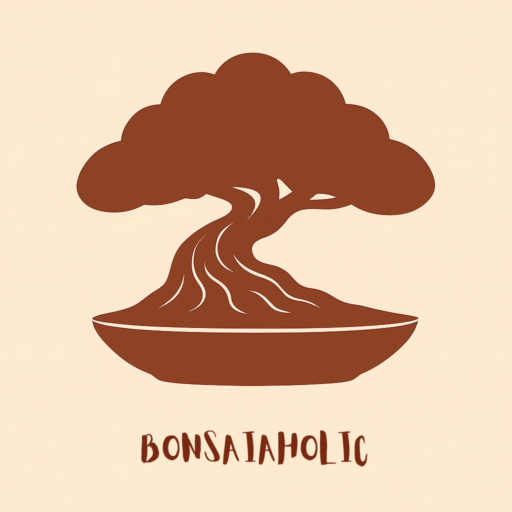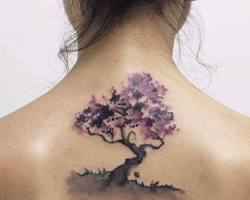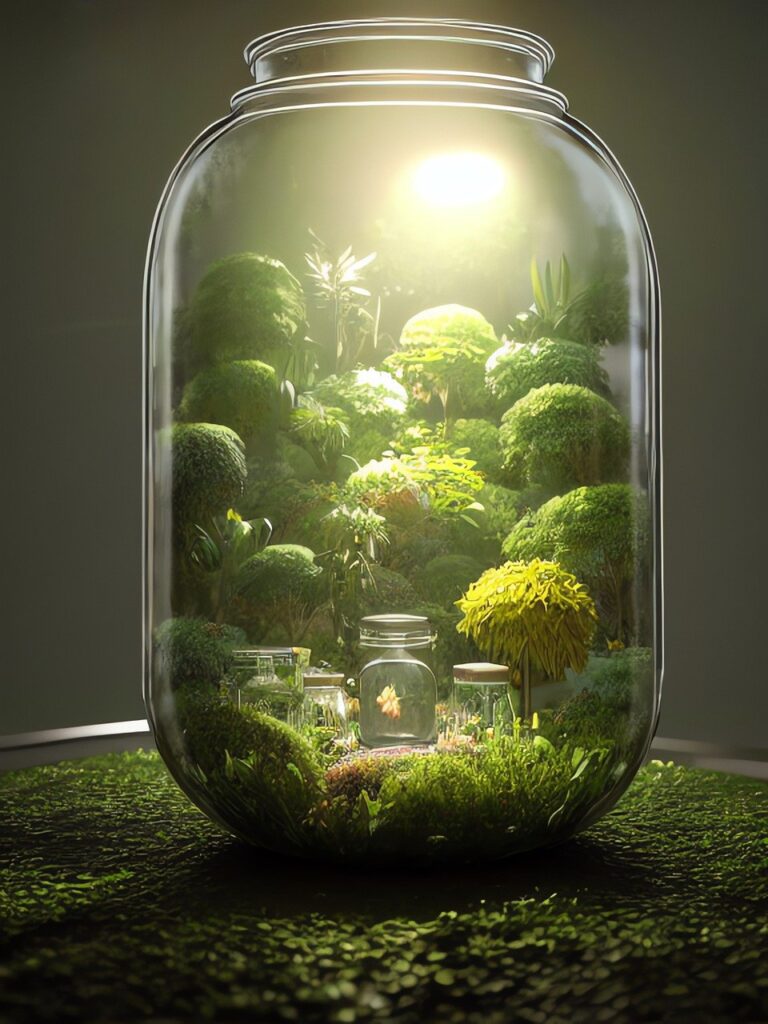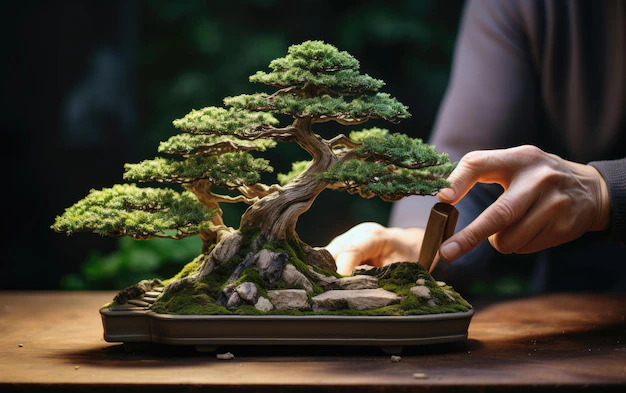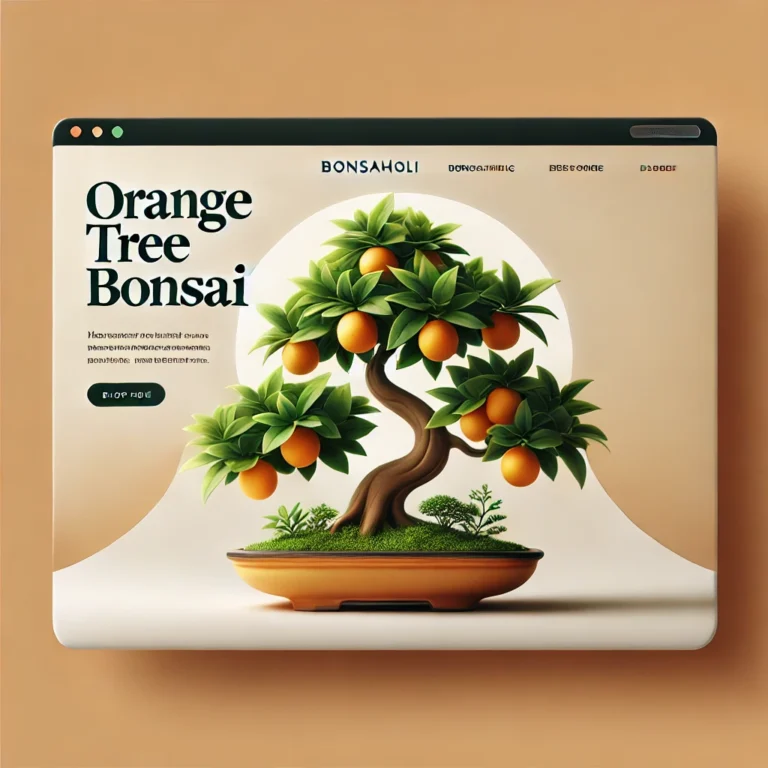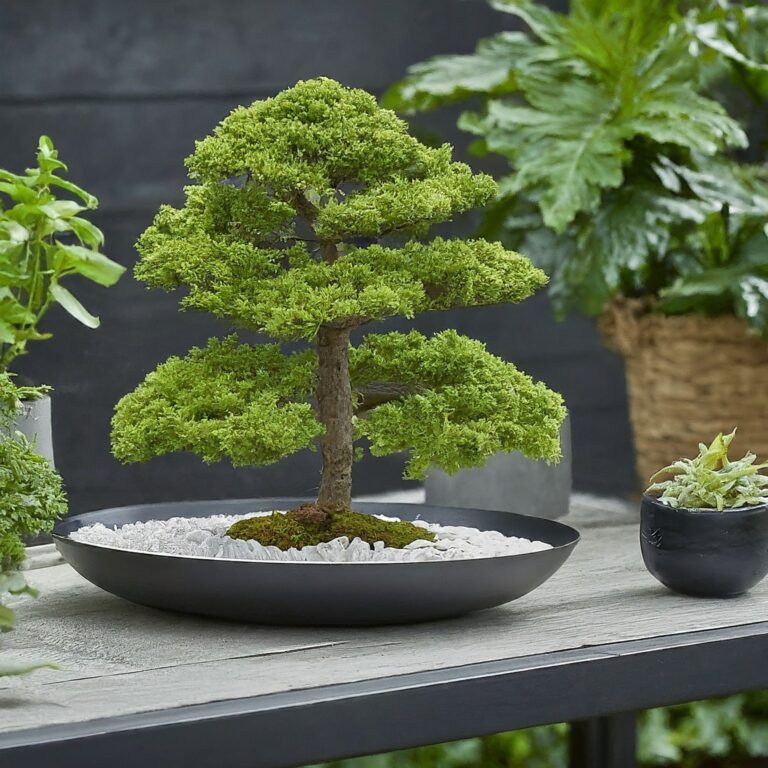“Topiary vs. Bonsai: Understanding the Art of Miniature Trees and Living Sculptures” 2024
Exploring the world of Topiary vs. Bonsai reveals two fascinating yet distinct forms of plant artistry. Both practices involve meticulous care and artistic expression, but they differ significantly in techniques, aesthetics, and cultural significance. This blog will delve into the main differences between topiary and bonsai, their maintenance requirements, and how to choose which art form may be right for you.
Understanding Topiary vs. Bonsai
What is Bonsai?
Bonsai is a Japanese term meaning “tray planting.” It refers to the art of cultivating miniature trees in containers, where the tree’s growth is meticulously controlled through pruning, root restriction, and wiring. The goal of bonsai is to create a small-scale representation of nature that evokes the beauty of ancient trees. Bonsai can be made from almost any tree species, but certain varieties are preferred for their small leaves and aesthetic qualities, such as junipers, pines, and maples.
What is Topiary?
Topiary, on the other hand, is the practice of shaping plants—typically shrubs or trees—into geometric forms or artistic shapes. This can include anything from simple spheres to intricate sculptures resembling animals or objects. Unlike bonsai, which focuses on creating a miniature version of a tree, topiary emphasizes design and form, often resulting in “living sculptures” that dominate garden landscapes.

Key Differences Between Topiary and Bonsai
1. Purpose and Aesthetic Goals
- Bonsai aims to replicate the grandeur of nature in miniature form. Each bonsai tree is styled to reflect the characteristics of its full-sized counterpart, emphasizing age and natural beauty.
- Topiary focuses on artistic expression through shape manipulation. The primary goal is to create visually striking forms that may not resemble any natural tree or shrub.
2. Techniques Used
- Bonsai Techniques:
- Pruning: Regular trimming of branches and roots to maintain size and shape.
- Wiring: Bending branches into desired positions using wire.
- Container Growth: Growing plants in shallow pots to restrict root development.
- Topiary Techniques:
- Shearing: Cutting back foliage to maintain geometric shapes.
- Shaping: Using frames or guides to achieve intricate designs.
- Maintenance Pruning: Less frequent than bonsai; usually done once or twice a year.
3. Plant Selection
- Bonsai can be created from a wide variety of tree species, but those with small leaves or unique bark textures are often favored. Common choices include Ficus, Japanese Maple, and Pine.
- Topiary typically uses evergreen plants with dense foliage that can hold shapes well. Popular choices include Boxwood (Buxus spp.), Yew (Taxus spp.), and Holly (Ilex spp.).
4. Cultural Significance
- Bonsai has deep roots in Japanese culture and philosophy, often associated with Zen practices that emphasize patience and mindfulness.
- Topiary has European origins and is often linked to formal gardens and aristocratic estates, highlighting order and control over nature.
Maintenance Requirements
Watering Needs
- Bonsai requires careful watering since the small pots can dry out quickly. Different species have varying moisture needs; thus, monitoring soil moisture is crucial for health.
- Topiary, often grown in larger garden beds or pots, generally has more forgiving watering requirements due to a larger soil volume.
Pruning Practices
- In bonsai cultivation, pruning is an ongoing process that occurs throughout the year. Artists must prune both roots and foliage carefully to maintain shape while encouraging healthy growth.
- Topiary maintenance involves shearing to keep plants in shape; this usually occurs less frequently than bonsai pruning—once or twice a year depending on growth rates.
Training Techniques
- Bonsai artists employ wiring techniques extensively to shape branches over time. This requires close attention to avoid damaging the tree.
- Topiary shaping relies primarily on shearing rather than wiring; the focus is on maintaining external forms rather than manipulating individual branches.
Repotting Needs
- Bonsai requires regular repotting (every 1-3 years) to refresh soil nutrients and prune roots for continued health within confined spaces.
- Topiary may require repotting if grown in containers but often thrives directly in the ground with less frequent root management.
Choosing Between Topiary and Bonsai
Topiary vs. Bonsai. When deciding between pursuing bonsai or topiary as a hobby or landscape feature, consider the following factors:
Time Commitment
Both practices require significant time investment; however, bonsai typically demands more frequent attention due to its intricate care requirements. If you enjoy hands-on gardening with detailed work, bonsai might be rewarding for you.
Space Considerations
If you have limited space or prefer container gardening, bonsai may be more suitable since it thrives in small pots. Conversely, if you have ample garden space and appreciate large-scale designs, topiary could enhance your landscape dramatically.
Artistic Preference
Consider your aesthetic preferences: do you admire the natural beauty of ancient trees (bonsai), or do you prefer whimsical shapes and geometric designs (topiary)? Your personal taste will guide your choice between these two art forms.
Conclusion: Topiary vs. Bonsai
In summary, Topiary vs. Bonsai offer unique opportunities for creativity and expression through plant care. While they share similarities in their reliance on pruning techniques, they diverge significantly in purpose, aesthetics, maintenance requirements, and cultural significance. Whether you cultivate a miniature masterpiece through bonsai or create living sculptures with topiary will depend on your interests, available space, and desired level of commitment. Each art form has its own charm—exploring them can lead to a deeper appreciation for nature’s beauty as well as personal satisfaction in nurturing living art.
